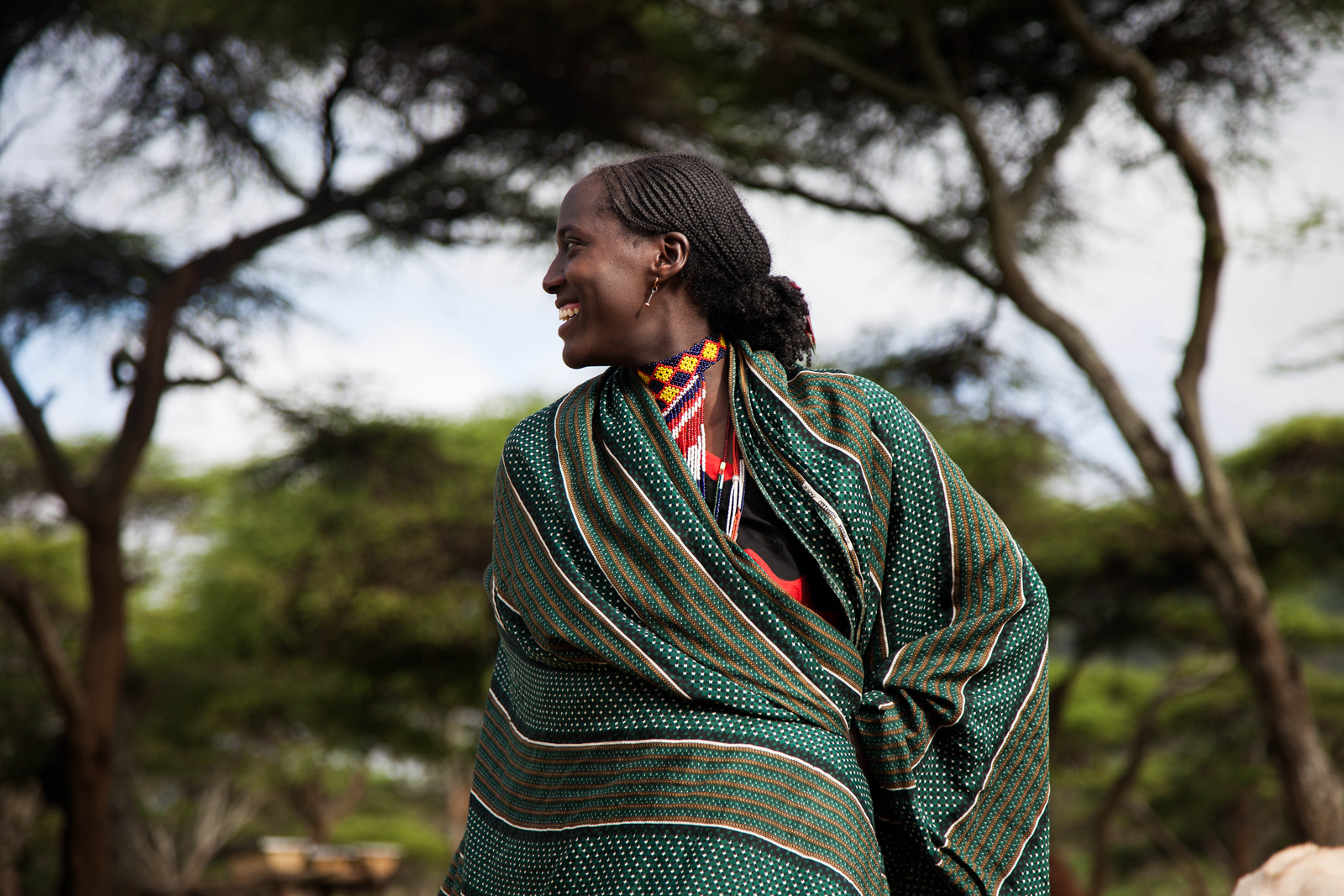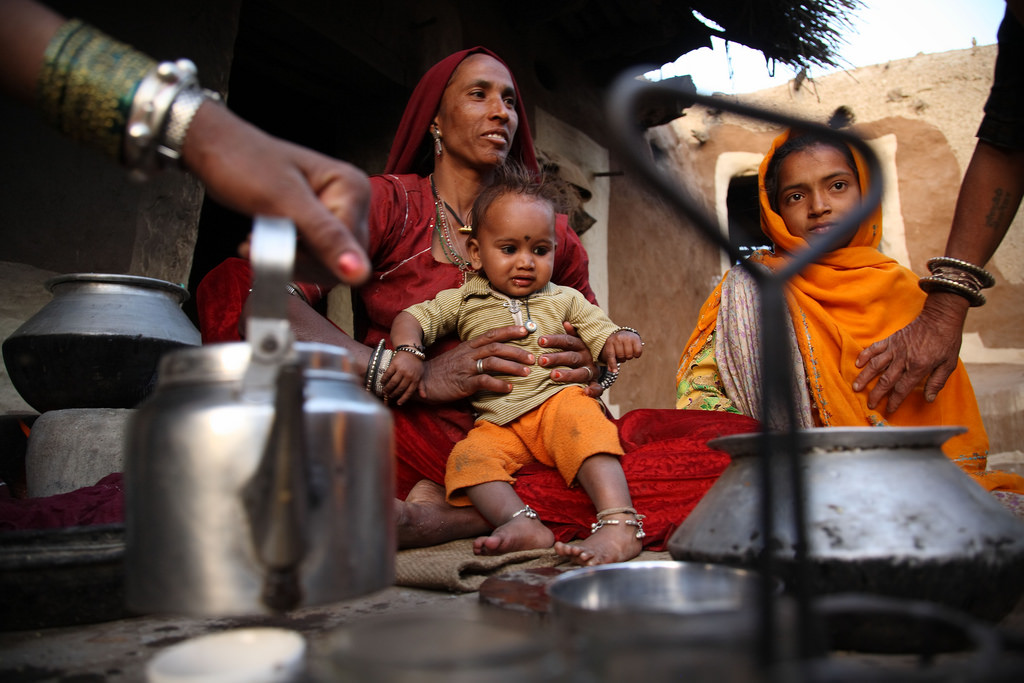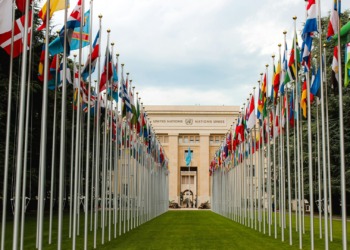What policy makers need to know about gender and sustainability
Most of the current sustainable development policies include gender considerations. However, the progress towards gender equity still goes at a snail’s pace. Experience from the ground shows that policy targets often fail to deliver inclusivity, at times reinforcing inequality and vulnerability.
Are our gender equality efforts missing the point? And if so, what do we need to do differently? Perspectives from ecofeminism and feminist political ecology suggest the path to gender parity may be blocked by our understanding of human interaction with the environment.
Gendered strife – a power layer cake
More often than not, gender policies propose activities specifically directed at women, usually found in the sections devoted to marginalized and vulnerable groups, together with children, elderly, disabled and the poor. This thinking underpins public and development policy and is also widespread in environmental initiatives.
Take, for instance, REDD+, a global policy framework for reduction of emissions from deforestation and forest degradation. While this policy framework mentions gender equality as one of its core principles, it does not elaborate on how exactly gender will be integrated with other environmental directives. Indeed, CIFOR has been working on mainstreaming of gender in REDD+ for a while. One of their studies, published in April 2018, reported that wellbeing of women in the villages with REDD+ implementation had, in fact, declined.
Another study shows that inclusivity on paper doesn’t necessarily translate into practice. Women attend decision making meetings, but it does not mean their opinions are heard and considered. Instead, the decisions often coincide, to a large extent, with the priorities of the people with more power and privilege.
In the attempts to elevate land rights, there have been cases where land titles were distributed to men under the assumption that a man would be the ‘head of the household’ and a rightful land owner. This way a project with good intentions cemented and reinforced gender inequality.
What are the reasons behind these unintended adverse effects? Is it merely the lack of mainstreaming and integration?
“People don’t exist in isolation from landscapes they inhabit. We need to understand and acknowledge that social relations are deeply connected to environmental issues and that decision-making in one area, has effects on the other. This interplay is foundational to how inequality is conceptualized and maintained within societies,” says Andrea Nightingale, researcher at the Swedish University of Agricultural Sciences (SLU) and a member of the Focali network.
In the photo: Tulsi Devi, wife of farmer Jay Ram, prepares tea at their home in Nagar Village, Rajasthan, India. Photo credit: ILRI/Mann.
Think differently
Ecofeminism argues that the logic which fuels gender inequality is akin to the one underpinning overexploitation of the environment. Ecofeminism criticizes the separation of the world into categories defined as opposites, like nature-society, men-women, humans-animals, rational-emotional and so on. This categorization tends to obscure linkages between the pairs and ignores what they have in common.
Feminists have long argued that this kind of oppositional thinking leads to associations like: women are closer to nature and more emotional, whereas men are civilized and rational – associations that allow one set to be considered superior to the other.
Following this line of thinking, we can see that class, race, ethnicity, gender, and other forms of social difference are not separable, but rather emerge from the operation of power. Just like race and ethnicity, gender is a superficial construct designed for splitting society into “them and us”. Ecofeminist thinking exposes how gender is a dimension of power, explaining why prescribing separate norms, values and policy directives for women does not result in gender equality.
Think synergy
Feminist political ecology sees environment and gender as a dynamic mixture of human and nonhuman: Environment is a part of society, and people are part of nature. Everything in this system is a dynamic interaction, where all elements are constantly influencing one another. The relation between masculine and feminine is part of this system.
This makes it easier to understand that roles of men and women are not static but can change over time, and that gender roles reflect social structures and the environment, both natural and human-made.
A large-scale dam project in Turkey illustrates this point. The dam was implemented with a purpose to improve irrigation and drinking water supply. The assumptions about the needs and capacities of the local population shaped the functions of the dam, and changed the roles of men and women.
Abundant irrigation in an otherwise dry area provided locals with an opportunity to grow cotton, a cash-crop that earns better income than wheat, barley and animal husbandry, traditionally grown in the area. At the same time, because of the higher economic value of the crop, more men started to engage in farming and selling of the product, something that previously had been a women’s responsibility. Additionally, cotton requires larger maintenance than previous land use, and so women ended up with more jobs as they also have to attend the household and take care of the food. On top of that, with this new order, women can’t earn extra money from selling yoghurt, bread and yarn at the local market – a traditional income stream they used to manage.
When gender relations are understood as dynamic and linked to land use in these contexts, then it is easier to see how well-intended development projects can make things worse for women.
In the photo: Migration and Forests Project, Peru Family outing. Photo Credit: Marlon del Aguila Guerrero/CIFOR
A starting point for gender inclusive policy-making
Policy needs to consider how our perceptions of gender frame the design of the programs. Firstly, we need to change the meaning we assign to gender: masculine is not opposite to feminine and can’t be separated from being human. This way we can change how we define the interactions between men and women and the expectations upon each gender and their qualities.
Secondly, we can transform gender relations through environmental policy, but we must recognize that changes in the environment also impact social structures, and take human-nature symbiosis as an imperative.
Thirdly, it is crucial to acknowledge that when policies are developed, social relations are already mapped onto the landscape. Therefore, gender sensitive policy design needs to first map and acknowledge the existing social relations, then define a vision for desirable interaction between genders in a certain landscape, starting with the idea that both men and women are equally human.
After that, policy actions concerned with the environment and development need to be harmonized with this gendered vision, considering the synergy between humans and nature. “Social relations are not separate from environmental governance, they are foundational to which schemes are prioritized, how successful they may be, and how they may fuel existing conflicts,” says Andrea Nightingale.
This way policy makers can avoid reproducing inequality and unexpected environmental impacts.
Rooted in the analysis of how we structure our reality, with a special attention to such fundamental concepts as human rights and power, the work of Andrea Nightingale and other scholars who work with feminist theories opens the door to a new age of inclusive sustainability policy. At a time when many of our attempts to achieve gender equity have failed, it would be foolish not to consider this thinking in environmental policy.
This article is based on the learnings from the Encyclopaedia entry “Environment and gender”, by Andrea Nightingale.
Editors Note: The opinions expressed here by Impakter.com columnists are their own, not those of Impakter.com Featured Image Credit: Oromo women Borana, Ethiopia (photo credit: ILRI\Zerihun Sewunet)












